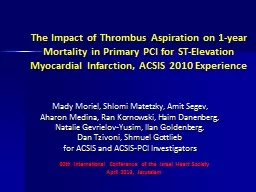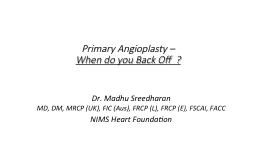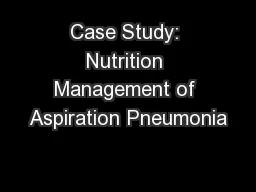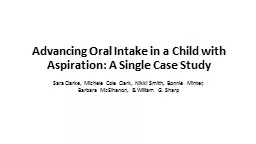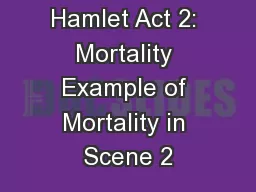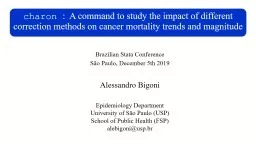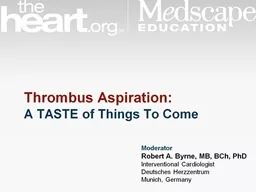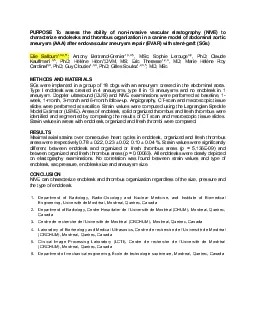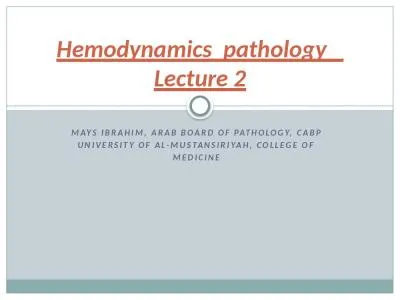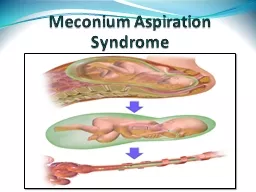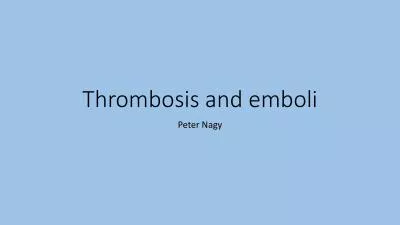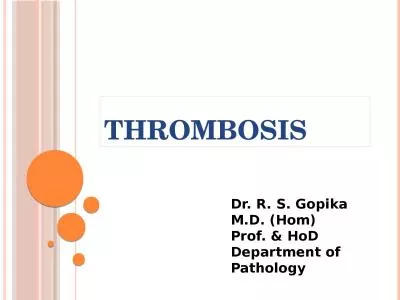PPT-The Impact of Thrombus Aspiration on 1-year Mortality in Pr
Author : jane-oiler | Published Date : 2016-07-28
Mady Moriel Shlomi Matetzky Amit Segev Aharon Medina Ran Kornowski Haim Danenberg Natalie GevrielovYusim Ilan Goldenberg Dan Tzivoni Shmuel Gottlieb for
Presentation Embed Code
Download Presentation
Download Presentation The PPT/PDF document "The Impact of Thrombus Aspiration on 1-y..." is the property of its rightful owner. Permission is granted to download and print the materials on this website for personal, non-commercial use only, and to display it on your personal computer provided you do not modify the materials and that you retain all copyright notices contained in the materials. By downloading content from our website, you accept the terms of this agreement.
The Impact of Thrombus Aspiration on 1-year Mortality in Pr: Transcript
Download Rules Of Document
"The Impact of Thrombus Aspiration on 1-year Mortality in Pr"The content belongs to its owner. You may download and print it for personal use, without modification, and keep all copyright notices. By downloading, you agree to these terms.
Related Documents

